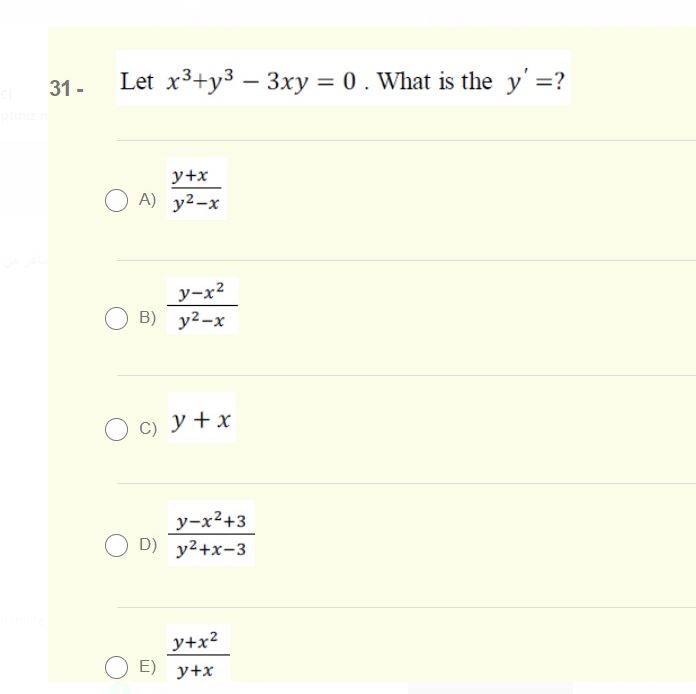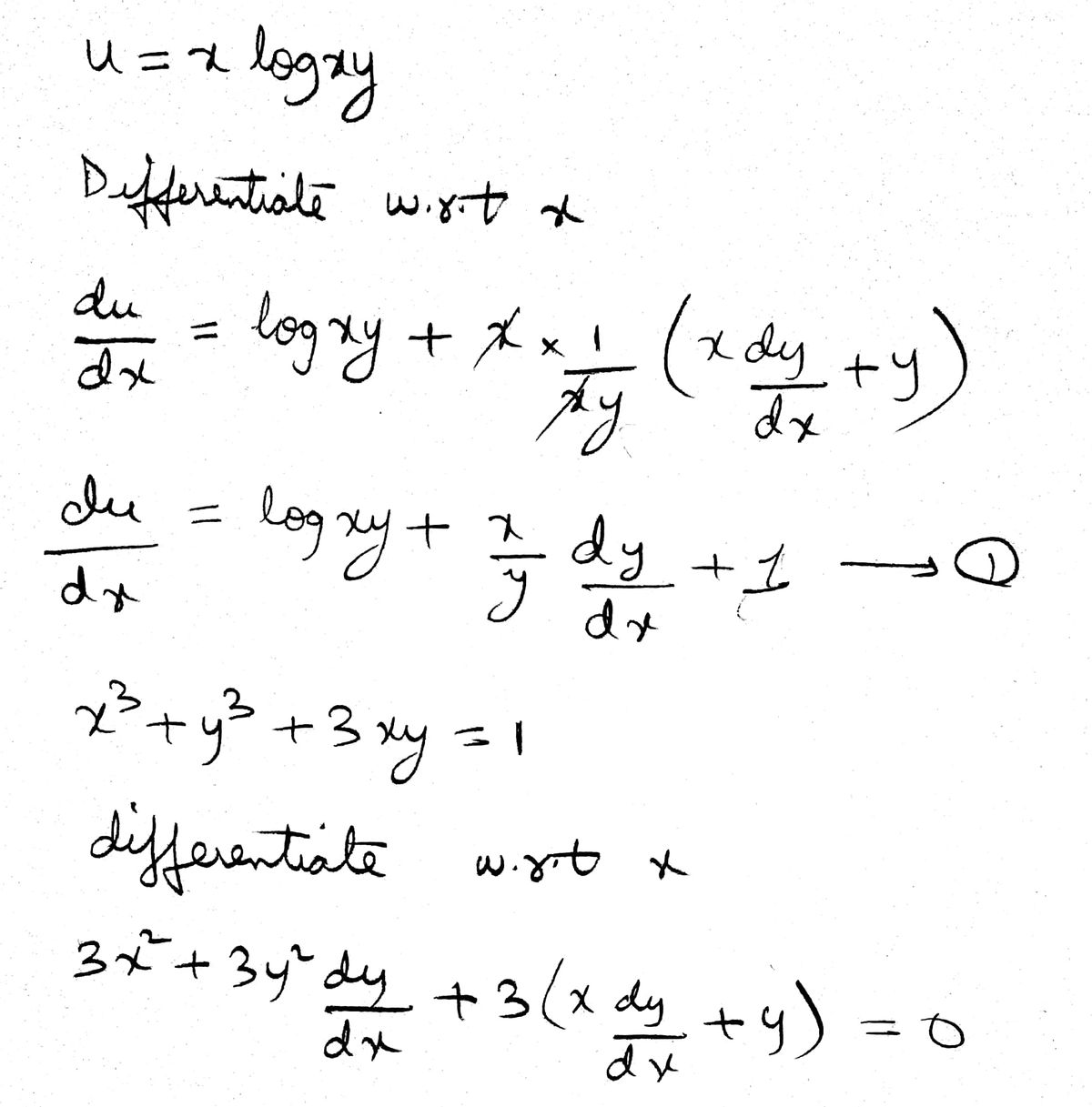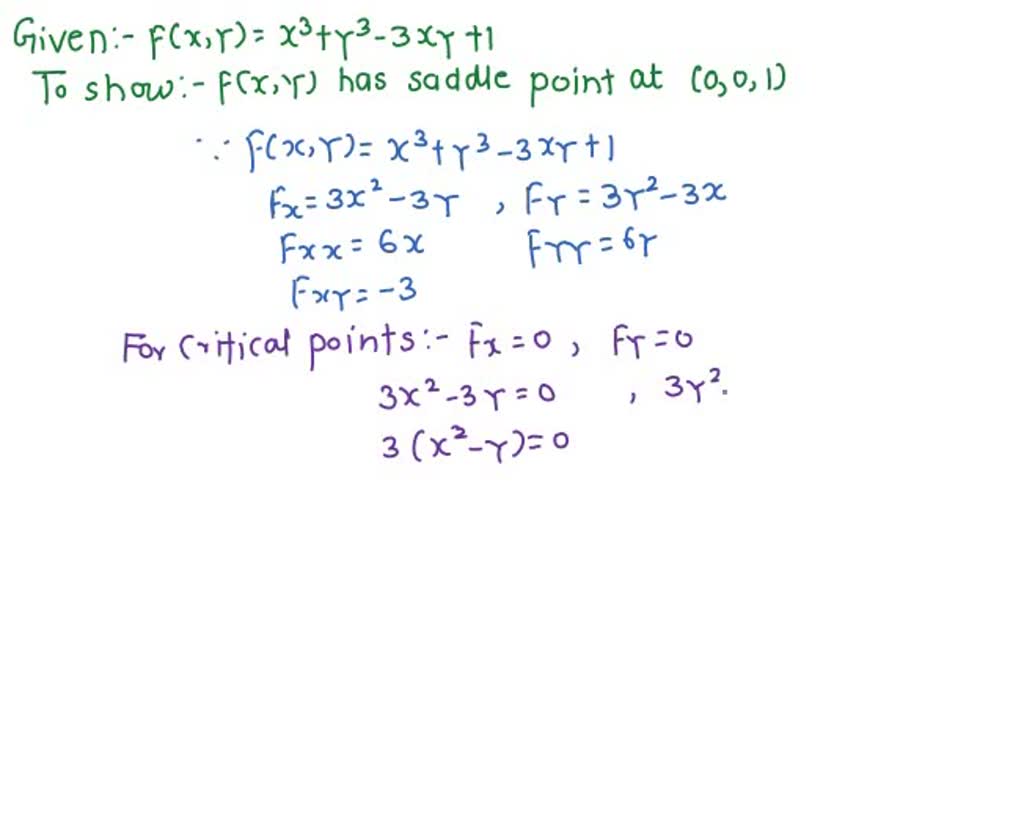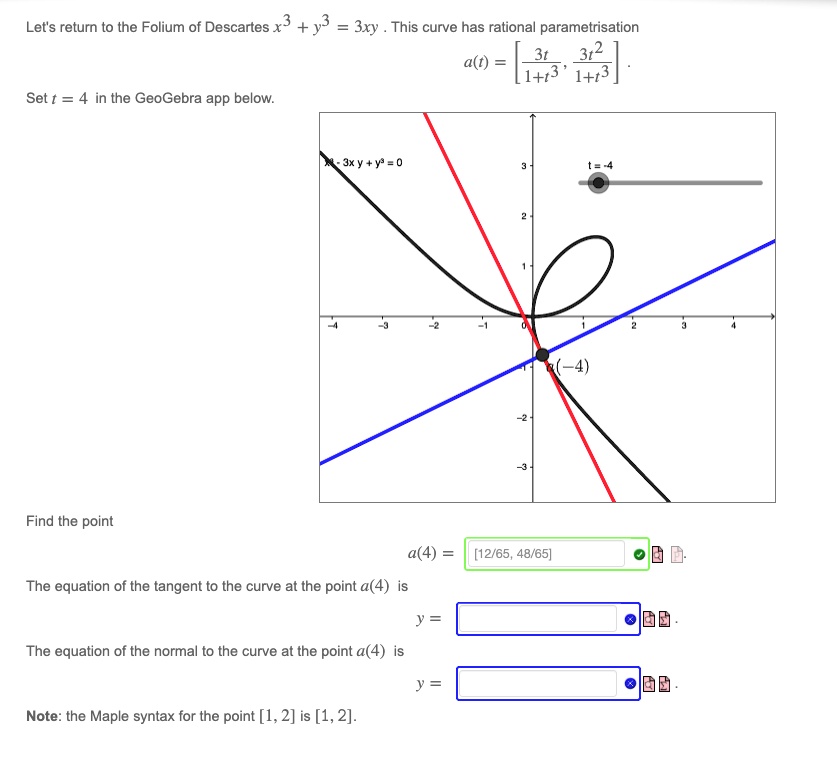
SOLVED: Lel's return to the Folium of Descartes x3 y3 3xy This curve has rational parametrisation 3.2 a(t) Set t = 4 in the GeoGebra app below: Jxy + Y - Find the
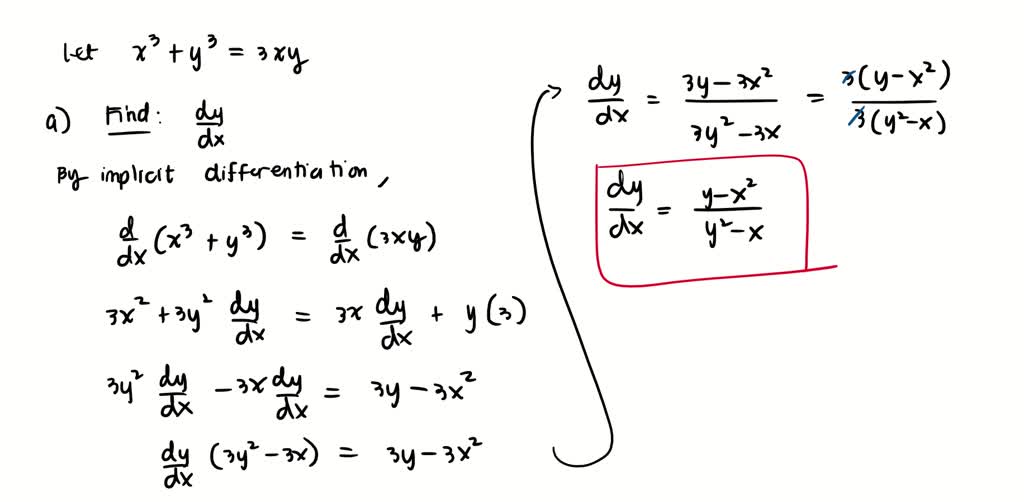
SOLVED: 7 (a) Use implicit differentiation to find dy/dx for the curve x3 + y3 = 3xy (b) Find an equation for the tangent line to the curve in (a) at the
maximum value of the function f(x,y)=x^3+y^3+3xy is - Sarthaks eConnect | Largest Online Education Community




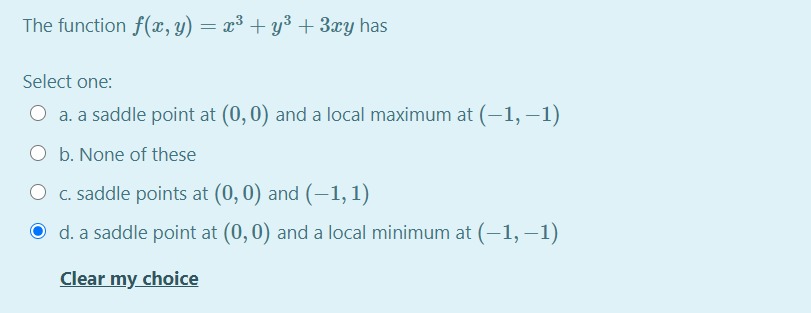





=x^{3}-y^{3}%2B3xy&line2=\mathrm{Solution:\:}\mathrm{Saddle}(0,0),\mathrm{Minimum}(1,-1))
